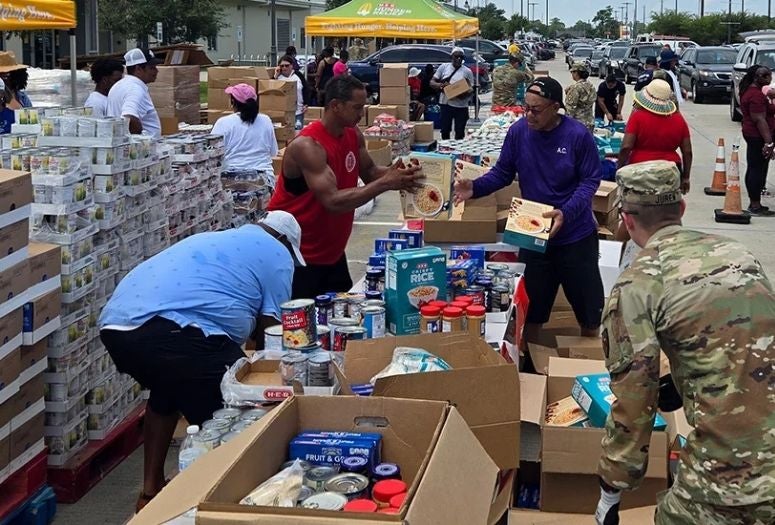
As hurricane season approaches and as disasters are becoming more frequent, more costly and more disruptive, new insights from Rice University’s Kinder Institute for Urban Research highlight Harris County households’ disaster preparedness.
Over the past 40 years, the Houston area has experienced 52 federally declared disasters, according to the Federal Emergency Management Agency (FEMA), with a third occurring in just the past decade. As the region’s population continues to grow and development expands into high-risk areas, climate change, aging infrastructure and other factors are increasing the likelihood and impact of disasters.
The Greater Houston Community Panel, the Kinder Institute’s multiyear study of adults living in the Houston area, fielded a survey in 2024 that found that while 58% of Harris County residents felt at least “somewhat prepared” for a disaster ahead of last year’s hurricane season, only 8% reported feeling “very well prepared.” On average, residents had completed just 4 of 10 FEMA-recommended preparedness actions. This poses questions for households and local leaders as the 2025 hurricane season begins June 1.
“Knowing what people are doing and not doing to prepare for disaster gives the opportunity for organizations, communities and individuals to make improvements and create a more resilient region. While hurricane season is just weeks away, we know that preparedness is a year-round conversation in Houston,” said Daniel Potter, director of the Houston Population Research Center.
Among the study’s key findings:
-
Being a homeowner, having a higher income, trusting local officials and having confidence in personal preparedness actions were all associated with people being more prepared.
-
Prior experience with disasters did not significantly predict future preparedness.
-
The most common preparedness actions taken by residents included making their homes safer (60%), signing up for alerts and warnings (57%), documenting and insuring property (54%) and saving money for emergencies (53%).
-
Having plans for what to do in the case of a disaster were less common: Only 32% of residents had created a household emergency plan, 26% had tested a family communication plan and just 16% had practiced emergency drills.
Researchers emphasized that building trust in local officials could also be a key factor in closing preparedness gaps, along with tailored messaging that emphasizes the effectiveness of specific actions and support for lower-income households and vulnerable communities.
“By increasing transparency and collaboration, officials in the Houston area can have an impact on disaster preparedness,” said Anna DeLisi, the lead author of the study. “There’s an opportunity to provide resources to break down the financial barriers that prevent many households from taking steps to prepare themselves for disasters.”
The full report by DeLisi, Lauren Dawson and Joy Njeh, is available here.
The results for this study are based on a survey that was distributed via email and text message between April 2 and May 6 last year with more than 5,350 respondents. With sampling weights applied, data are representative of Houston and Harris County.
For media inquiries or to request an interview with a researcher, please contact Kat Cosley Trigg at kat.cosley.trigg@rice.edu or 713-348-6781.

